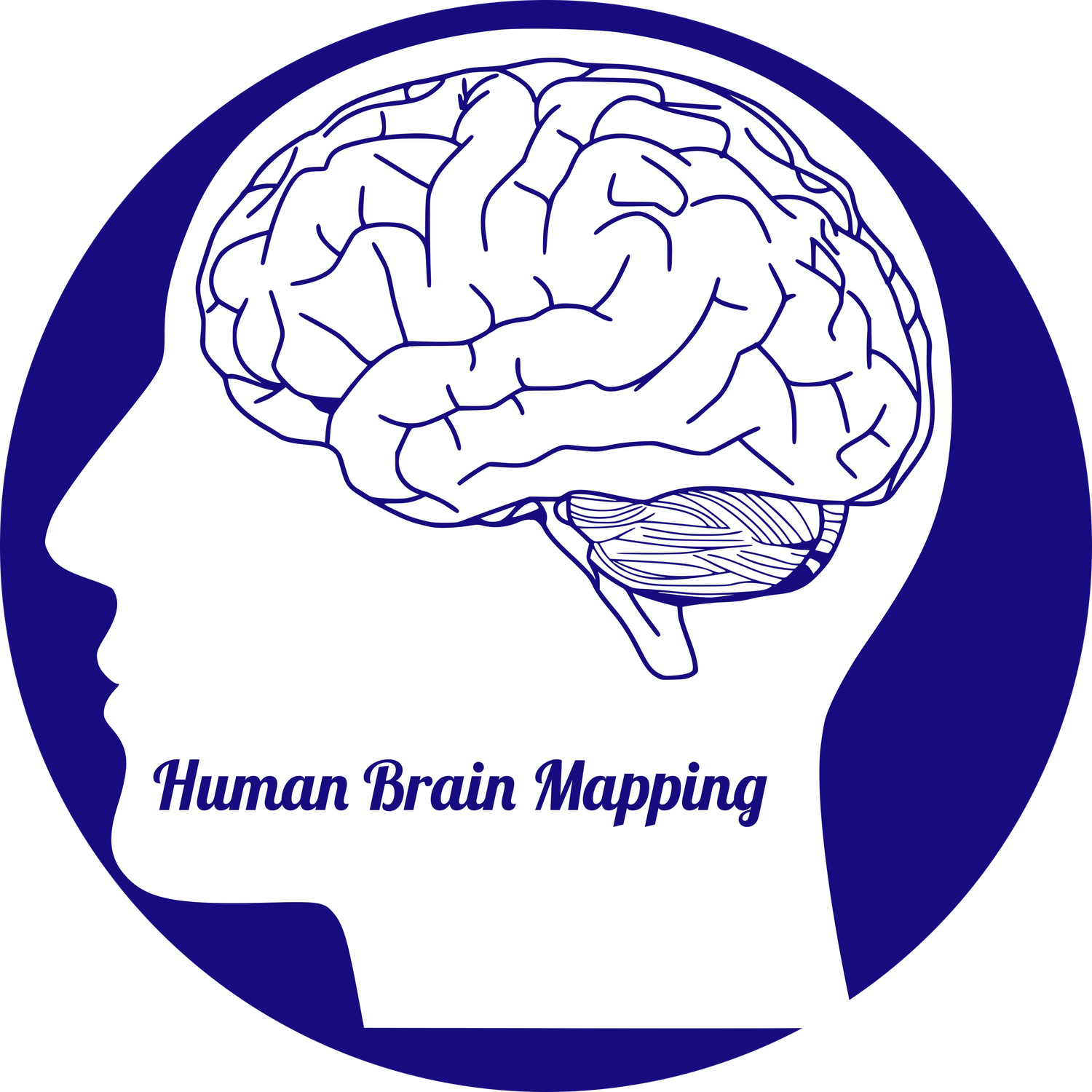Averaging in time-frequency domain reveals the temporal and spatial extent of seizures recorded by scalp EEG.
Authors: Alkawadri R, Gaspard N
To read the full article refer to Epileptic Disorders
Abstract
To demonstrate the importance of averaging in time-frequency space and the added localizing value in time and space in a case of cortical myoclonus. One hundred myoclonic jerks were averaged in time series and in spectral domain. For the latter, we chose 100 (10-second) segments from interictal background and used the unpaired t-test for the jerk-related and control spectral data to obtain the t value and corresponding p value at each pixel. We corrected for multiple comparisons using false discovery rate procedure. We generated maps of spectral significance per electrode. All insignificant t-values were converted to 0 for easier visual analysis. Standard back-averaging of 100 jerks disclosed a single spike preceding EMG activity by 19-27 milliseconds. No other definite ictal patterns were discernible in the time domain. Statistical analysis of the same 100 epochs in the time-frequency domain disclosed a greater temporal extent of the seizure, as well as a more detailed rendering of rhythms and frequencies involved. Valproate was added and led to substantial improvement. Averaging in the spectral domain may reveal frequency-specific changes that may not be otherwise appreciated in the time domain. Future studies may elucidate the effect on the sensitivity of diagnosis of simple partial seizures and auras.
Steps implemented in averaging and interval outcomes: averaging of 100 jerks from Pz in the time domain (left) and time- frequency space (right).
Left: three different time bases: 10, 2, and 0.4 seconds (from upper to lower); the red line marks the time at onset of clinical myoclonic jerks; the spike preceding the muscle jerks is easily discernible.
Right: results of signal averaging in the spectral domain (upper), and then after applying statistical transformation (second from top) and correction of multiple comparisons by FDR (lower two).
We used a 10 second window (second from bottom) to illustrate the effectiveness of FDR correction on eliminating accidental detections far from seizures, due to magnification of alpha errors and multiple comparisons.
Acknowledgement: RA and NG wish to acknowledge the generous support of the Swebilius trust and the Epilepsy Foundation. None of the authors have any conflict of interest to declare.

